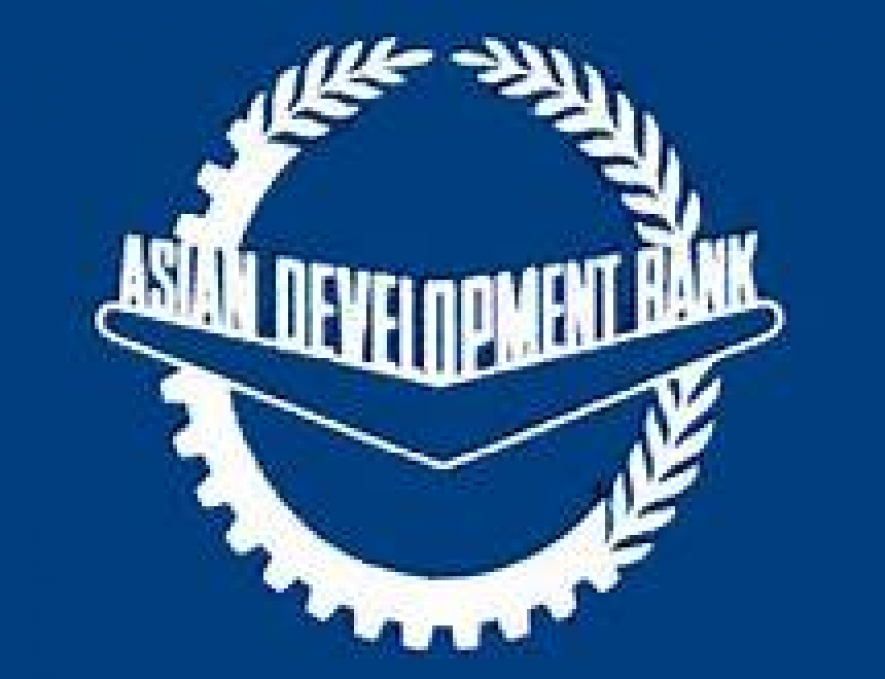According to the ADB, Sri Lanka's education system is facing several challenges in delivering quality learning relevant to the labor market, particularly in science, technology, and engineering subjects. Higher education opportunities as a whole are limited, with the gross enrollment rate at less than 19% - much less than the 50% average for upper middle-income countries. Moreover, less than 20% of graduates are from science and engineering subjects.
Although more than 60% of undergraduates in Sri Lanka are female students, they overwhelmingly (about 82%) concentrate on liberal arts and social studies where unemployment is highest. Encouraging more women to take technology disciplines will increase women's career opportunities in technical areas where wages are high.
A lack of investment, laboratory facilities, researchers, and qualified academic staff are holding back the quality of teaching, learning, and research. Existing degree programs in scientific or engineering areas are more theory-oriented and lack practical applications of knowledge and skills.
Recognizing this, the government in 2013 introduced a technology stream into secondary education, supported by an ADB Education Sector Development Program. Since 2015, about 7,000 students from the technology stream have become qualified for higher education annually. The government also selected 11 public universities to open new technology faculties. The World Bank is providing financing for 8 technology faculties. The government requested ADB to support the development of technology faculties in the remaining 3 universities - Kelaniya, Rajarata, and Sabaragamuwa - as well as an engineering faculty in the University of Sri Jayewardenepura.
The project will construct faculty buildings following green building standards, ensuring they are climate proofed, well equipped with laboratories, and offer flexible spaces for different kinds of research and learning as well as facilities that help integrate female students and staff, such as day care centers.
Under the program, the universities will develop complete degree program curricula incorporating industry inputs and aligned with international standards. The project will also support the recruitment and training of academic staff for the new programs. Staff performance management systems will be strengthened to continuously improve teaching and learning, student services, and industry ollaboration. The universities will develop joint proposals with industry partners for research and development activities to resolve industry problems or come up with new products and services. In addition, the project will develop a future project proposed for 2021 focusing on research and development capacity.
The total project cost is $165 million, of which the government will provide $20 million. It is due for completion at the end of 2023



















